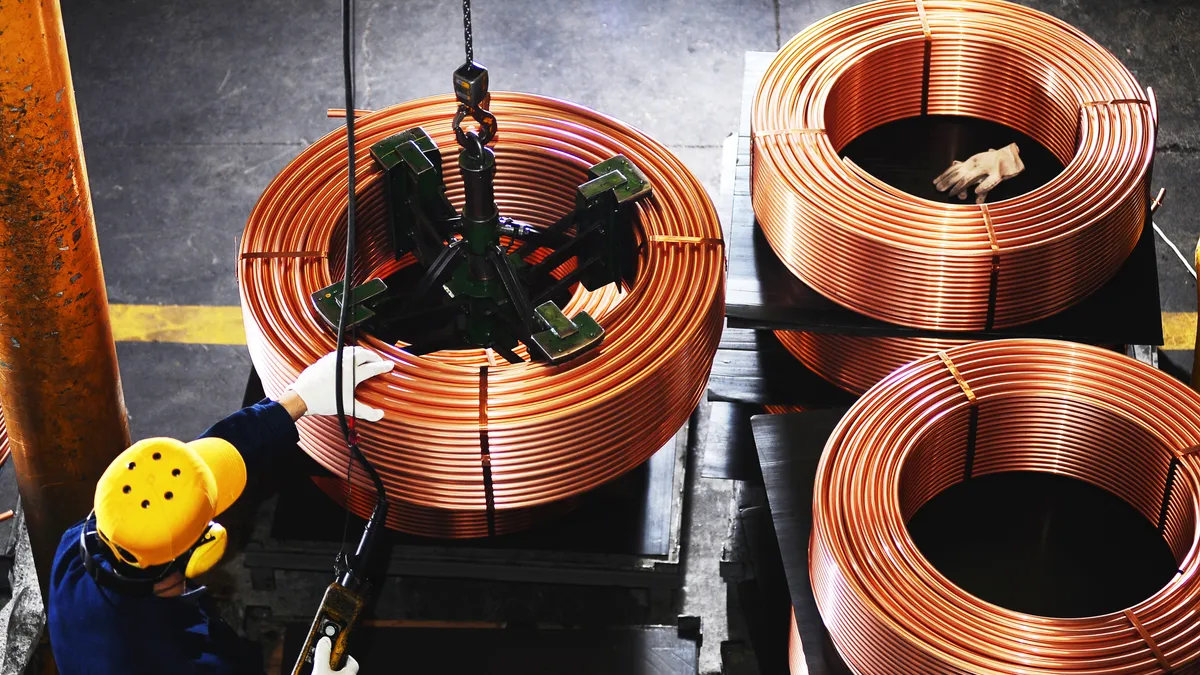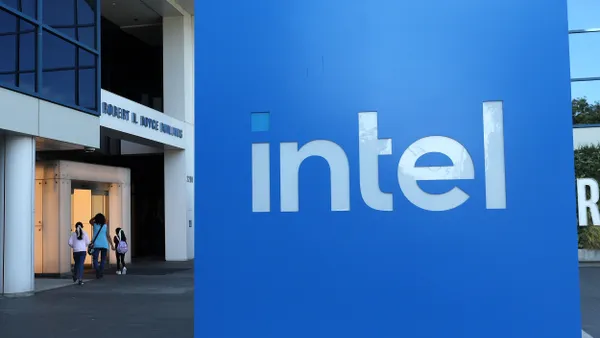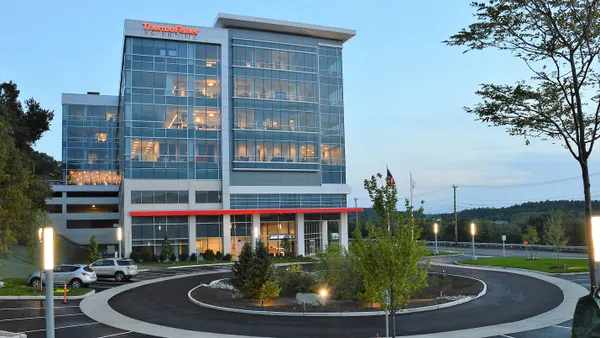U.S. manufacturing activity improved marginally in August, as economists continue to hold out for better industry performance in the months ahead.
Muted consumer demand is once again pushing manufacturers to adjust their production levels to match the softer market, though inflation and supply chain constraints continue to ease.
The Institute for Supply Management's Purchasing Managers' Index registered 47.6% in August, up 1.2 percentage points from 46.4% in July. A reading of 50.0% or lower indicates the industry is in economic contraction.
ISM's production index registered 50.0%, up from 48.3% in July, while the new orders index remained in contraction territory at 46.8%, down slightly from the month before at 47.3%.
"The August composite index reading reflects companies managing outputs appropriately as order softness continues, but the month-over-month increase is a sign of improvement," Tim Fiore, chair of the Institute for Supply Management’s Manufacturing Business Survey Committee, said in a statement.
The S&P Global PMI index registered a slightly higher reading at 47.9, though it was down compared to July's reading of 49.0, driven by a further decline in new orders, and the slowest rise in employment growth since January.
ISM index noted a stronger month for employment, with a reading of 48.5%, up 4.1 percentage points compared to July.
Regarding sector-level activity, more manufacturing sectors grew this past month: printing and related support activities; transportation equipment; food, beverage and tobacco products; petroleum and coal products; and miscellaneous manufacturing.
"Output has fallen back into decline after a brief respite in July amid an increasingly steep deterioration in order books," Chris Williamson, chief business economist at S&P Global Market Intelligence, said in a statement. "Orders are in fact falling faster than factories are cutting output, suggesting firms will need to continue scaling back their production volumes into the near future."
Despite the continued dismal economic readings for the industry, Williamson noted greater demand could be on the way thanks to federal manufacturing-related legislation, even if some pain remains in the short-term.
"Policy initiatives such as the CHIPS and Science Act and IRA should start to help buoy production in the medium term as capacity in US manufacturing is expanded,” Williamson said in a statement. “A shifting of the inventory cycle toward restocking should also be evident by the end of the year, given improvements in some survey metrics such as the orders-inventory ratio. However, such rays of hope remain currently overshadowed by business confidence turning lower.”












